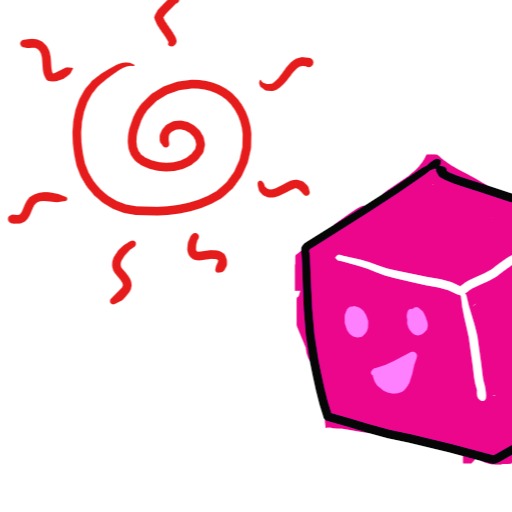| 일 | 월 | 화 | 수 | 목 | 금 | 토 |
|---|---|---|---|---|---|---|
| 1 | 2 | 3 | 4 | 5 | 6 | 7 |
| 8 | 9 | 10 | 11 | 12 | 13 | 14 |
| 15 | 16 | 17 | 18 | 19 | 20 | 21 |
| 22 | 23 | 24 | 25 | 26 | 27 | 28 |
| 29 | 30 |
Tags
- Router
- Linux
- Switch
- 리눅스
- 운영체제
- GPIO
- 펌웨어
- Class Activation Map
- demultiplexing
- TensorFlow
- Generalized forward
- 딥러닝
- 모두를 위한 딥러닝
- 모두를 위한 딥러닝]
- function call
- 디바이스 드라이버
- file descriptors
- LED 제어
- 인터럽트
- LED
- RDT
- Network layer
- Interrupt
- 신경망
- 밑바닥부터 시작하는 딥러닝
- 텐서플로우
- Transport layer
- 스위치
- 신경망 첫걸음
- 3분 딥러닝
Archives
- Today
- Total
건조젤리의 저장소
5-2. Windy Frozen Lake 구현 본문
김성훈 교수님의 강의내용을 정리한 내용입니다.
출처 : http://hunkim.github.io/ml/
모두를 위한 머신러닝/딥러닝 강의
hunkim.github.io


번경된 업데이트 식을 그대로 적어 구현하자!

FrozenLake-v0을 사용하여 (is_slippery = True) 구현하자.
빠른 학습을위해 학습률을 0.85로 설정하자.


이전보다 더 나은 결과를 보인다!
이유?
-> 가끔일어나는 slippery때문에 Q값이 적절하지 않은 값으로 설정될 수 있다.
이를 방지하기 위해 이전의 학습을 어느정도 반영하는 방법이 필요하다!
구현 코드 (환경: ubuntu:16.04 python 3.6)
|
1
2
3
4
5
6
7
8
9
10
11
12
13
14
15
16
17
18
19
20
21
22
23
24
25
26
27
28
29
30
31
32
33
34
35
36
37
38
39
40
41
42
43
44
45
46
47
48
49
50
51
52
53
54
55
56
57
58
59
60
61
62
63
64
65
66
67
68
69
70
71
72
73
74
75
76
77
78
79
80
81
82
83
84
85
86
87
88
|
import time
import gym
import numpy as np
import utils.prints as print_utils
N_ACTIONS = 4
N_STATES = 16
LEARNING_RATE = .5
DISCOUNT_RATE = .98
N_EPISODES = 2000
def main():
"""Main"""
frozone_lake_env = gym.make("FrozenLake-v0")
# Initialize table with all zeros
Q = np.zeros([N_STATES, N_ACTIONS])
# Set learning parameters
# create lists to contain total rewards and steps per episode
rewards = []
for i in range(N_EPISODES):
# Reset environment and get first new observation
state = frozone_lake_env.reset()
episode_reward = 0
done = False
# The Q-Table learning algorithm
while not done:
# Choose an action by greedily (with noise) picking from Q table
noise = np.random.randn(1, N_ACTIONS) / (i + 1)
action = np.argmax(Q[state, :] + noise)
# Get new state and reward from environment
new_state, reward, done, _ = frozone_lake_env.step(action)
reward = -1 if done and reward < 1 else reward
# Update Q-Table with new knowledge using learning rate
Q[state, action] = (
1 - LEARNING_RATE) * Q[state, action] + LEARNING_RATE * (
reward + DISCOUNT_RATE * np.max(Q[new_state, :]))
episode_reward += reward
state = new_state
rewards.append(episode_reward)
print("Score over time: " + str(sum(rewards) / N_EPISODES))
print("Final Q-Table Values")
for i in range(10):
# Reset environment and get first new observation
state = frozone_lake_env.reset()
episode_reward = 0
done = False
# The Q-Table learning algorithm
while not done:
# Choose an action by greedily (with noise) picking from Q table
action = np.argmax(Q[state, :])
# Get new state and reward from environment
new_state, reward, done, _ = frozone_lake_env.step(action)
print_utils.clear_screen()
frozone_lake_env.render()
time.sleep(.1)
episode_reward += reward
state = new_state
if done:
print("Episode Reward: {}".format(episode_reward))
print_utils.print_result(episode_reward)
rewards.append(episode_reward)
frozone_lake_env.close()
if __name__ == '__main__':
main()
|
|
utils.prints 함수 참고 : https://github.com/hunkim/ReinforcementZeroToAll
'공부 기록 > 모두를 위한 딥러닝 (RL)' 카테고리의 다른 글
| 6-2. Q-Network 구현 (Frozen Lake) (0) | 2019.11.20 |
|---|---|
| 6-1. Q-Network (0) | 2019.11.19 |
| 5-1. Windy Frozen Lake (Non-deterministic world) (0) | 2019.11.19 |
| 4-2. Q-learning 구현 (table) (0) | 2019.11.19 |
| 4-1. Q-learning (0) | 2019.11.19 |




